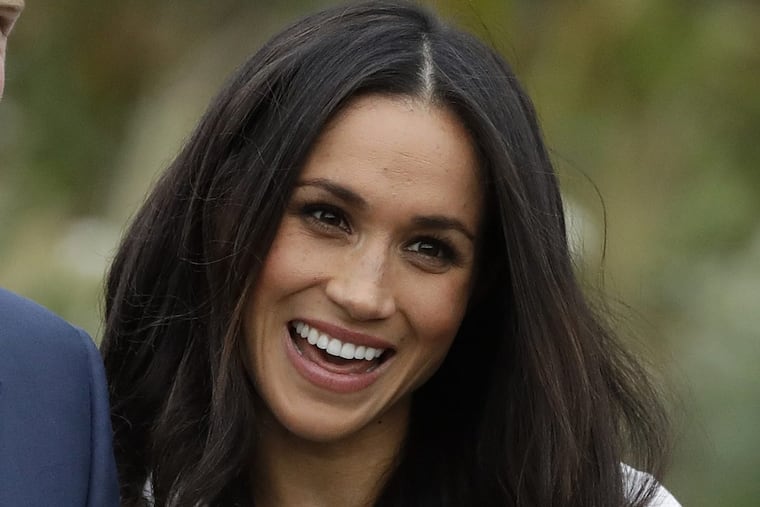Is Meghan Markle's mixed-race heritage a first for British royalty?
Maybe Meghan Markle isn't the first mixed-race person to marry into Britain's royal family

As soon as word came of the engagement of Meghan Markle to Prince Harry, news reports practically bubbled that Markle, who is biracial, would be a "new kind of royal."
Best known for her role in the television drama "Suits," the daughter of an African-American mother and white father was a "surprising addition" to the British monarchy, wrote the Associated Press.
In The Guardian, a blaring headline: "When Meghan weds Harry, Britain's relationship with race will change forever."
But is Markle really the first mixed-race addition to the royal family?
Historians aren't so sure.
There has been much speculation that Queen Charlotte may have African ancestry.
Charlotte, born in 1744, was the wife of England's King George III, who reigned from 1760 to 1820 at the time those pesky American colonies decided to break away from England's rule.
The work of Mario de Valdes y Cocom, a historian of the African diaspora and one of the most well-known advocates of the theory that there is a long history of mixed-race spouses in the royal family, is cited in a 2009 Guardian article about Charlotte's African ancestry.
He said the queen, though German, descended from a black branch of the Portuguese royal family — he traces her roots all the way to 13th-century ruler Alfonso III and his lover Madragana, whom Valdes believes was Moor and therefore a black African.
But Ania Loomba, who teaches history of race and colonialism at the University of Pennsylvania, said that it can't be assumed that a person is black if they were once described as Moor, or "blackamoor."
"The word 'blackamoor' in Shakespeare's time meant Muslim. It didn't mean black necessarily," Loomba said. "Moors could be white from North Africa."
Nonetheless, it was once common in England to think of Spain and Portugal as being racially inferior because of the Moors who ruled Spain starting in 711 A.D., said Loomba, who earned her doctorate from the University of Sussex in the United Kingdom.
In an article written for PBS.org about the Frontline program "The Blurred Racial Lines of Famous Families," Valdes writes that early portraits of Charlotte show physical features similar to those of Africans.
"The Negroid characteristics of the Queen's portraits certainly had political significance since artists of that period were expected to play down, soften or even obliterate undesirable features in a subject's face," Valdes wrote.
(As people question the past, we might also rethink the present: If Charlotte were in fact black, would that mean Queen Elizabeth II, Harry's grandmother and Charlotte's great-great-great-great-granddaughter, would be mixed race, too?)
Others report that Philippa of Hainault, the wife of Edward III, also may have had mixed-race heritage.
Philippa, who died in 1369, was the daughter of the Count of Hainault in an area, now considered Belgium, that was once ruled by Moors.
In a blog post by author Erin Lawless about England's black queens, she writes about a messenger sent to interview the Count's daughters as possible wives for Edward III. His description of Philippa:
"The lady whom we saw has not uncomely hair, betwixt blue-black and brown. Her head is cleaned shaped; her forehead high and broad, and standing somewhat forward. Her face narrows between the eyes, and the lower part of her face is still more narrow and slender than the forehead. Her eyes are dark. Her nose is fairly smooth and even, save that is somewhat broad at the tip and flattened, yet it is no snub nose. Her nostrils are also broad, her mouth fairly wide. Her lips somewhat full and especially the lower lip…all her limbs are well set and unmaimed, and nought is amiss so far as a man may see.
"Moreover, she is brown of skin all over, and much like her father, and in all things she is pleasant enough, as it seems to us."